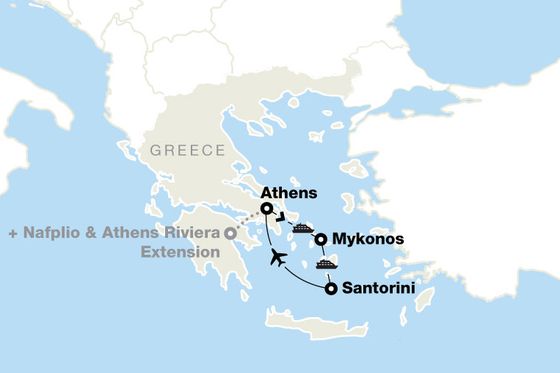
Acqua alta: What to know about Venice’s occasional flooding
Wondering what causes Venice to flood during the occasional phenomenon called acqua alta, or high water? Here are some helpful facts to know.
With its meandering canals, idyllic location in the Venetian Lagoon, and proximity to the Adriatic Sea, Venice has more than earned the nickname “The City of Water.” The city’s position does make for stunning photo ops, but comes with a catch—it’s prone to occasional flooding called acqua alta, or high water. But, what causes Venice to flood? If you’re going on one of our tours in Venice, here are some helpful facts to know.

Acqua alta occurs about four times per year
A high tide, strong winds, heavy rainfall—all of these factors come into the mix when water from the Venetian Lagoon starts filling the city’s streets. While the phenomenon usually only occurs about four times per year, more extreme flooding (like the acqua alta of 1966 that rose over six feet) only comes around once every few years.
It’s most common in November and December
During the fall and winter months, travelers in Venice are guaranteed to find fewer crowds, easier access to historic sites—and a greater chance of acqua alta. The seasons’ weather patterns make flooding more common, but if you ask us, there are so many reasons to travel in the off-season and getting to experience the city during such a beautiful time of year makes taking the chance worth it.
The water is deepest in St. Mark’s Square
Contrary to popular belief, not all of Venice floods when the water rises. Less than 15 percent of the city goes underwater during acqua alta, but that area does include the famous St. Mark’s Square. It’s the part of the city with the lowest elevation, which means that when the Venetian Lagoon creeps up, it’s the first spot to flood.
Flooding only lasts a few hours
Wondering if you need to pack rain boots for your visit to Venice? It’s not necessary! Acqua alta is linked to the tide, so you can simply stay on dry land while you wait it out. When the tide goes down, the streets will drain, too. If you just can’t resist wading into a flooded portion of the city, ask your Tour Director where to buy a cheap pair of rain boots, or see if your hotel can loan you a pair.

Raised walkways help you get around
Acqua alta has been happening for centuries, and locals are well equipped for it. Although most of the island remains dry when water levels go up, raised walkways called passarelle are erected in flooded areas so that locals and travelers alike can go about their daily activities. Keep in mind that these walkways may not be connected at every point, so you should be prepared to step in some water if you choose to venture out.
You shouldn’t walk barefoot or swim
Have you seen photos of people making the most of high flooding by swimming in St. Mark’s Square, or sloshing through the streets barefoot with their shoes in hand? These pictures may be fun to look at, but we don’t recommend you follow suit. The water is not clean and can be very cold, so it’s best to stay dry when water levels rise.
Our On-Tour Support Team is always here
While Venice’s yearly flooding is common and rarely dangerous, our On-Tour Support Team is here 24/7 to step in and provide assistance if it becomes disruptive to your tour’s activities. If you happen to be in Venice during acqua alta, don’t panic. Simply sip a bellini while you wait for the high water to recede—or throw on some Wellies and set off for a unique perspective of the city!
Have you been in Venice during acqua alta? Tell us about your experience in the comments, and check out our Venice tours to find inspiration for your next adventure!
It was Jamie’s homestay in Germany that made her fall in love with travel (and her studies in Florence that really sealed the deal). When she’s not writing and sharing the magic of seeing the world with others, she’s usually on the lookout for her new favorite memoir, testing out recipes at home, or visiting her family on Cape Cod.
















































































